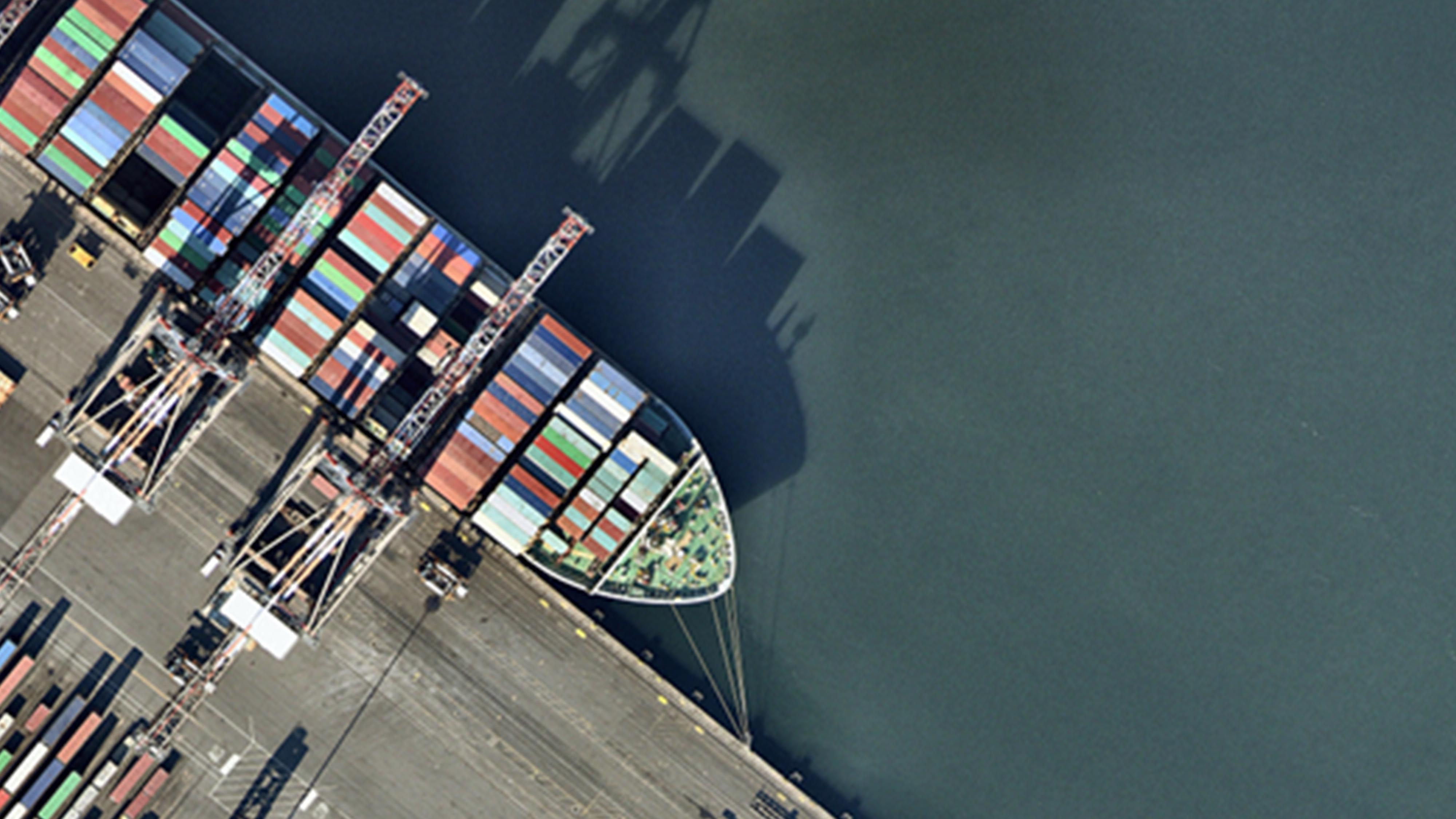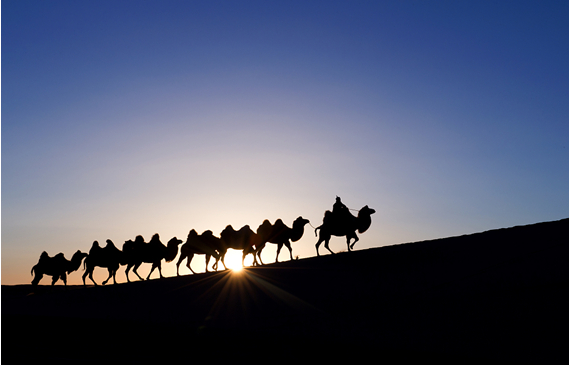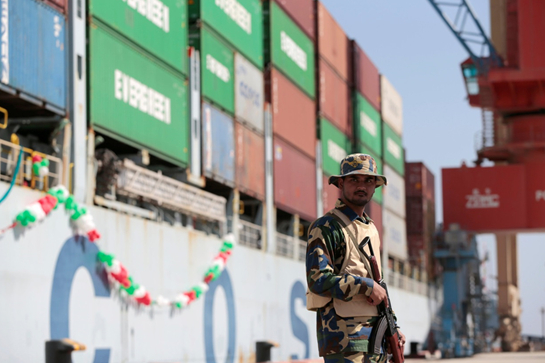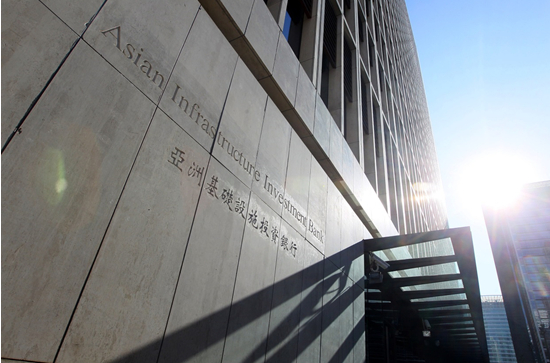
Politics
19:57, 28-Aug-2018
Fueling connectivity: What is the Belt and Road Initiative?
Updated
19:07, 31-Aug-2018
By Yang Zhao
02:05

The Belt and Road Initiative has the potential to become the world’s largest platform for regional collaboration.
What exactly is the Belt and Road?

The ancient Silk Road. /VCG Photo
The ancient Silk Road. /VCG Photo
There are two parts to the project.
The "Belt" refers to physical land routes along the ancient Silk Road network that stretched from China all the way to Europe.
The second part, what has been called the "Maritime Silk Road," is actually shipping lanes from China’s coastal cities to Venice in Italy.

A soldier stands guard besides the Cosco Wellington, the first container ship to depart after the inauguration of the China-Pakistan Economic Corridor port in Gwadar. /VCG Photo
A soldier stands guard besides the Cosco Wellington, the first container ship to depart after the inauguration of the China-Pakistan Economic Corridor port in Gwadar. /VCG Photo
It’s a very ambitious plan – encompassing about 60 percent of the world’s population, one-third of the world GDP, and about a quarter of all goods and services moving around the globe.
So how is it doing so far?
As of May 2018, over 100 countries and international organizations have signed up to take part in the project. The initiative is going beyond its initial plan of linking Eurasia and Africa. It has grown to include regions like Oceania, Latin America and even the Arctic.

Asian Infrastructure Investment Bank. /VCG Photo
Asian Infrastructure Investment Bank. /VCG Photo
In 2017 alone, new investments worth over 120 billion US dollars were announced under the initiative, of which 12 percent came from China.
As a leading player in the scheme, China has invested over 70 billion US dollars in countries along the route over the past five years. About 50 Chinese state-owned companies invested in nearly 1,700 projects. They include the 46-billion-US-dollar China-Pakistan corridor, gas pipelines across central Asia, and high-speed rail links in Southeast Asia. Freight trains can now cross Europe and Asia in just 17 days.
So where does the money come from? At least five financial institutions are powering the mega plan, including the China-owned Silk Road Fund, and multilateral institutions like the Asian Infrastructure Investment Bank and the New Development Bank.

SITEMAP
Copyright © 2018 CGTN. Beijing ICP prepared NO.16065310-3
Copyright © 2018 CGTN. Beijing ICP prepared NO.16065310-3